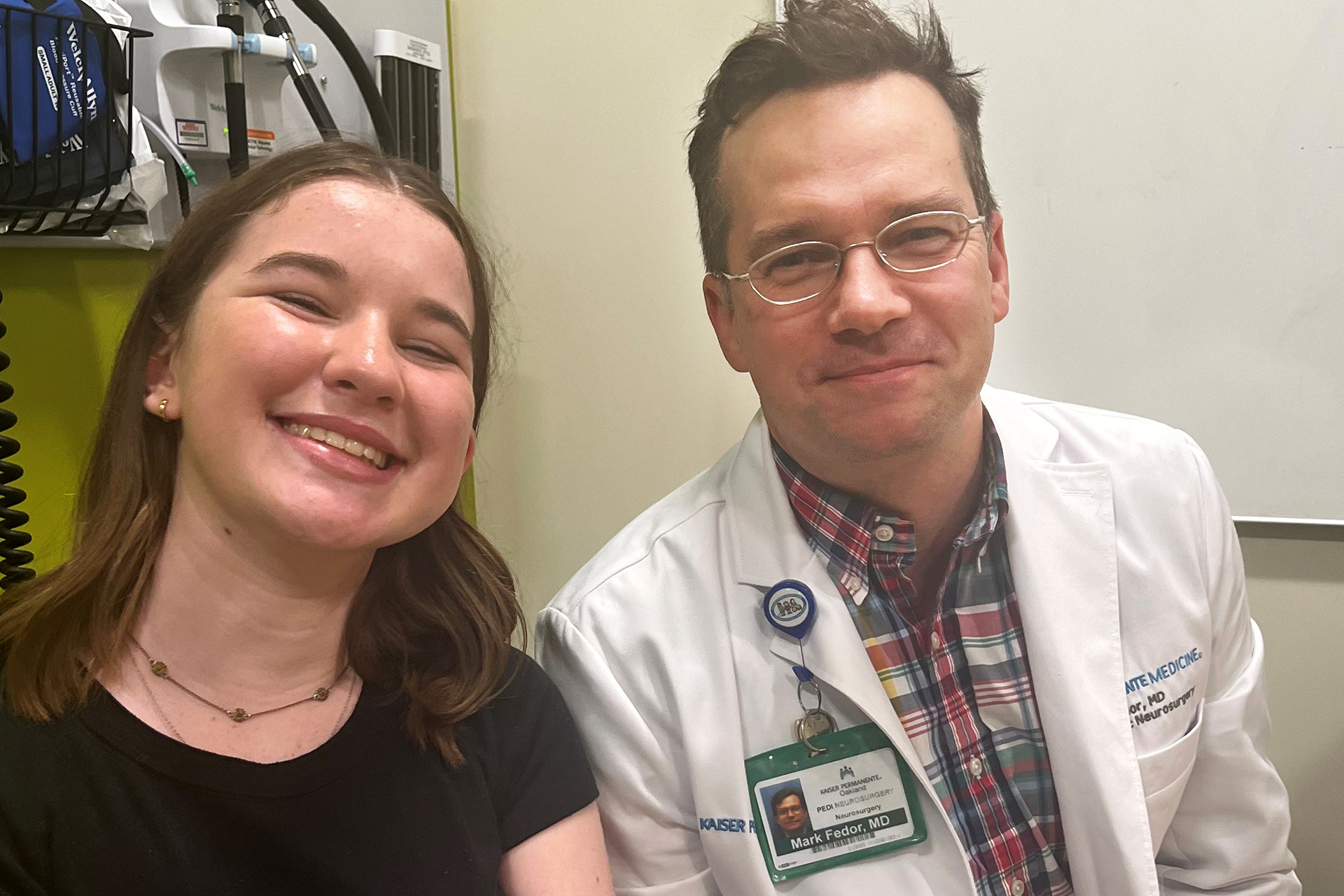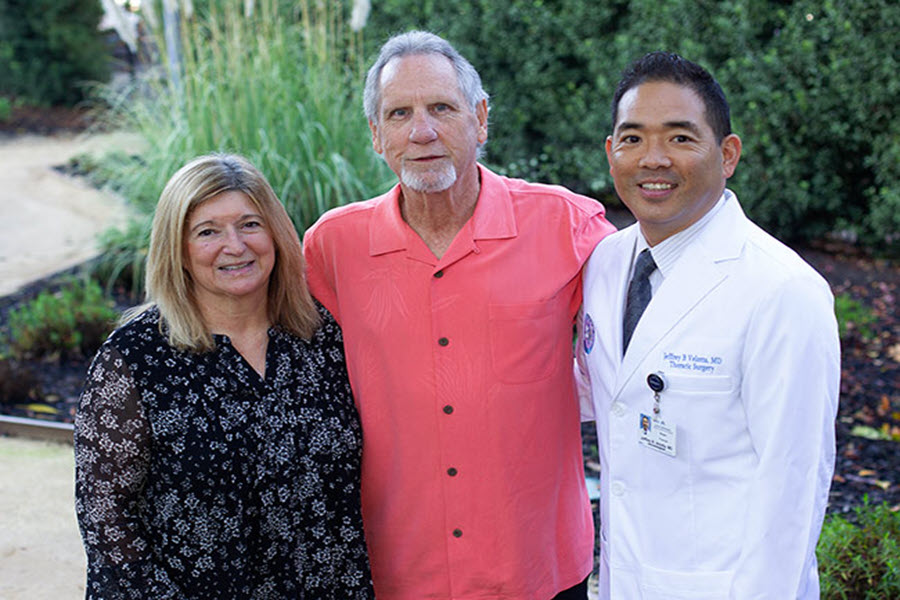Dr. Morris F. Collen, a physician whose research for the managed medical care provider Kaiser Permanente led to one of the first computer databases for tracking patients’ health, an innovation that became the foundation of a medical system emulated around the world, died on Sept. 27 at his home in Walnut Creek, Calif. He was 100.
The cause was cancer, according to Kaiser Permanente.
In the early 1940s, Dr. Collen was recruited by Dr. Sidney Garfield to help him run a medical practice he was forming to treat thousands of workers at a California shipyard owned by Henry J. Kaiser. That practice would grow to become Kaiser Permanente, the country’s largest provider of managed medical care.
Dr. Collen worked with Kaiser Permanente for more than 70 years, leading its early use of penicillin to treat pneumonia in the 1940s, developing “multiphasic” preventive exams that screened patients for potential illnesses and studying the effects of multiple prescription drugs on the elderly. But his most ambitious work may have been starting the database.
Encouraged by Dr. Garfield, he began learning about computers in the early 1960s and quickly determined that the information he had gathered in his multiphasic exams could be transferred into a database. Working in Kaiser’s department of medical methods research, in Oakland, he and his staff initially entered the information on punch cards, which they fed into large IBM computers.
He explained the process in an oral history interview for the University of California, Berkeley, in 2005:
“They sorted out 200 questions into yes/no responses such as, ‘Did you ever cough up blood?’ We ran in all the yes responses through a card reader into the computer, and then, before the patient left, we printed out a summary report. Then,” he continued, “we developed what are now called decision rules, so if they had albumin in the urine, the computer printed out a request, ‘Come back with a morning urine specimen,’ and all these decision rules were for the patient to do a secondary screening.”
The project attracted attention in Congress. When Representative John Fogarty of Rhode Island, a prominent supporter of medical research, saw a demonstration of the project in Oakland in the early 1960s, the computer happened to expose a potentially serious illness.
“Somebody up there must have been watching over us, because it printed out on one patient: ‘A high white count. Consider leukemia,’ ” Dr. Collen recalled.
“Fogarty said, ‘What does this mean?’
“I said, ‘Well, this is supposedly a healthy patient who has a high blood white cell count, and we will have to rule out leukemia, and then we can treat it early.’ ”
Dr. Collen went on: “The remarkable thing was, the next day he called, and on the telephone he says, ‘Did it turn out to be leukemia?’ I said, ‘Yes, sir, it did.’ He says, ‘Wow.’
“You see, with that sort of exposure, we began to get busloads of people coming in, from Japan and elsewhere, taking photographs and replicating the systems all over the world.”
By the early 1970s, with the help of federal funding, the database had grown to hold information on several million patients, becoming a valuable tool for tracking individual cases but also for identifying broad trends. Kaiser says it now has one of the largest non-university health research operations in the country.
The use of computers to study and shape medical care has become an established field called medical informatics. And in the past year a variation of it, clinical informatics, became a board-certified subspecialty, much like pediatrics or cardiology.
Since 1993, the American Medical Informatics Association has given an award in Dr. Collen’s name. He was its first recipient. In November, the award will be given to Dr. Charles Safran, who teaches the subject at Harvard and heads the division of clinical informatics at Beth Israel Deaconess Medical Center in Boston.
This year, Dr. Safran was among the first informaticians to receive board certification in the field. In an interview, he said of Dr. Collen: “He in some large part created the field of medical informatics. He was a mentor to my mentors.”
He added: “Who are the people in health care who are thinking about how mobile apps will transform health care? Well, lots of companies are thinking about that, but what about at the clinical level? We come at it from the point of view of the family or the population or the setting. When Morrie was at Kaiser, he was very much oriented toward the patient or the family.”
Morris Frank Collen was born on Nov. 12, 1913, in St. Paul. He wrote in 2006, “I feel that I was born with an interest in data, beginning with my birth date, a series of three consecutive two-digit numbers.”
After renewing his driver’s license at age 95, he enjoyed showing people that its expiration date, 11-12-13, was his 100th birthday. He renewed the license in 2013, in part so that he could keep driving to his job as a consultant at Kaiser’s research division in Oakland.
Dr. Collen, a tinkerer as a teenager, did not set out to pursue medicine. He graduated from the University of Minnesota in 1934 with a bachelor’s degree in electrical engineering. But after meeting his future wife, Bobbie, a nurse, he decided to go to the university’s medical school. After graduating in 1939, he served his residency at Los Angeles County Hospital, where he met Dr. Garfield.
Dr. Collen was chief of medical services at Kaiser Permanente’s hospital in Oakland from 1942 to 1952, when he became its medical director. The next year, he was appointed physician in chief at Kaiser’s hospital in San Francisco. He became head of the research division in 1961 and remained in that position until 1979.
His survivors include two sons, Barry and Randal; a daughter, Roberta Hayertz; nine grandchildren and five great-grandchildren, according to Kaiser Permanente. His wife, the former Frances Bobbie Diner, died in 1996.
Dr. Collen published scores of articles and books about how computerization can improve patient care. In 1995, he wrote “A History of Medical Informatics in the United States, 1950 to 1990.”
In an interview in his 90s, he helped explain his productivity and his longevity. At the time, he was working on an update of the informatics history.
“I sit and write most of the day,” he said. “I set a kitchen timer for 60 minutes as soon as I sit down, and when that timer goes off, then I get up and walk up and down stairs and walk around the hallway for several minutes and go back and work on the book.”
This obituary appeared in the New York Times on October 4, 2014






